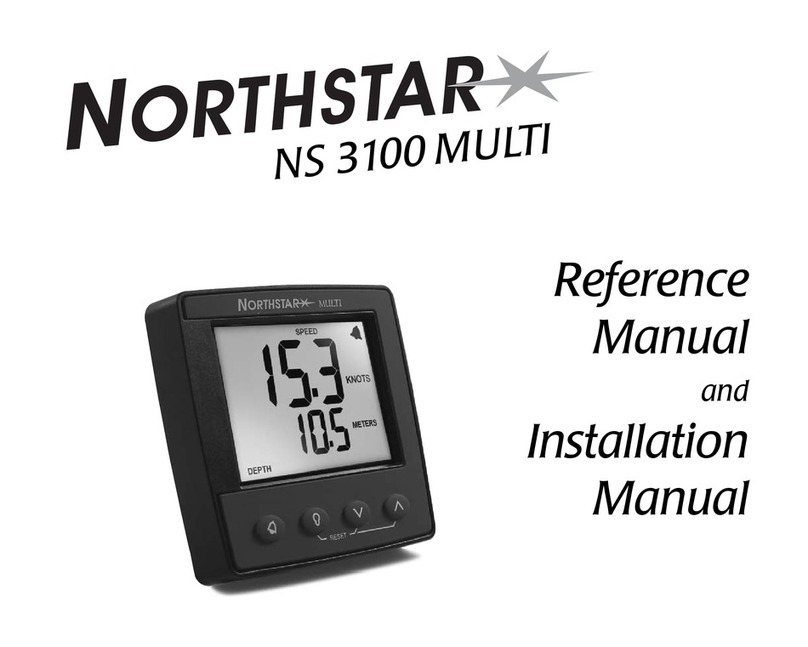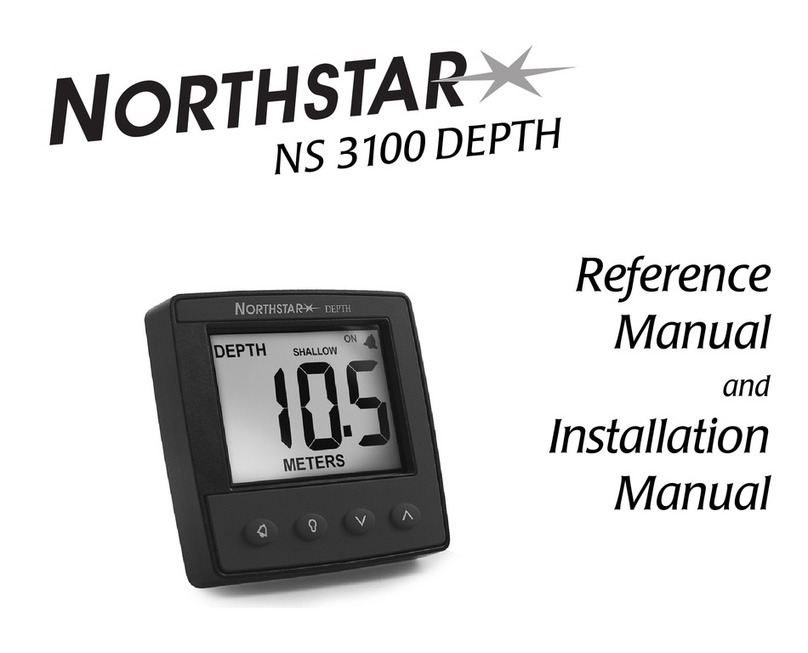
Detection height is a major factor in reliably detecting vehicles of interest. A good rule of thumb is that the
small side of the loop will determine field height and provide 1/2 to 2/3rds that distance in detection height.
Ex: 6’x4’ loop (4 foot side determines height) will have a field height of 24” to 32”.
Ex: 10’x6’ loop (6 foot side determines height) will have a field height of 36” to 48”.
For truck detection never use less than a 6’ small side loop.
Ex: 6’x6’, 6’x8’, 6’x10’ etc.
When using a loop around a gate, remember to keep the loop at least 4’ away from the gate. Detection occurs
when metal is present in the field generated around the loop i.e.; vehicle chassis, metal gate, metal door.
The depth of the loop is between 1 and 2 inches. Depths over 2 inches just place the loop farther from the
vehicle to be detected. The top wire should be down far enough to provide protection (1 inch) from wear and
tear on the road surface. Avoid rebar if at all possible, try to stay at least 2 inches above any rebar or wire mesh.
Loop wire insulation is critical to reliable operation. Crosslinked polyethylene is strongly recommended (XLPE
or XHHW). Loop wire insulation must be able to withstand abrasion from pavement shifting, moisture and oils.
Stranded wire is preferred over solid core because it is less likely to become damaged due to stretching and
bending.
A megometer is used to test the loop for leakage to ground due to breaks in insulation. When ‘megging’ a loop
and lead-in the insulation resistance to earth should be greater than 10MO, measured at 500 volts. With a
standard Ohm meter look for a series resistance of less than 10O. If no meters are available and a loop is
questionable, try swapping the detector with a known working detector and note if the problem follows the loop
or the detector.
Helpful Tips:
Do not use sharp objects such as a screwdriver to push loop wires into the sawcut.
Small gauge wires (16, 18) are easier to work with –but avoid very long lead-ins with smaller gauges.
Clean sawcut before placing loop wires in.
Avoid splices if possible, use one length of wire from the detector out to and around the loop then back to the
detector.
Seat loop wires in sealant before filling the sawcut; encapsulate the loop wires in sealant.
Twist only the lead-in, do not twist wires around the loop






























